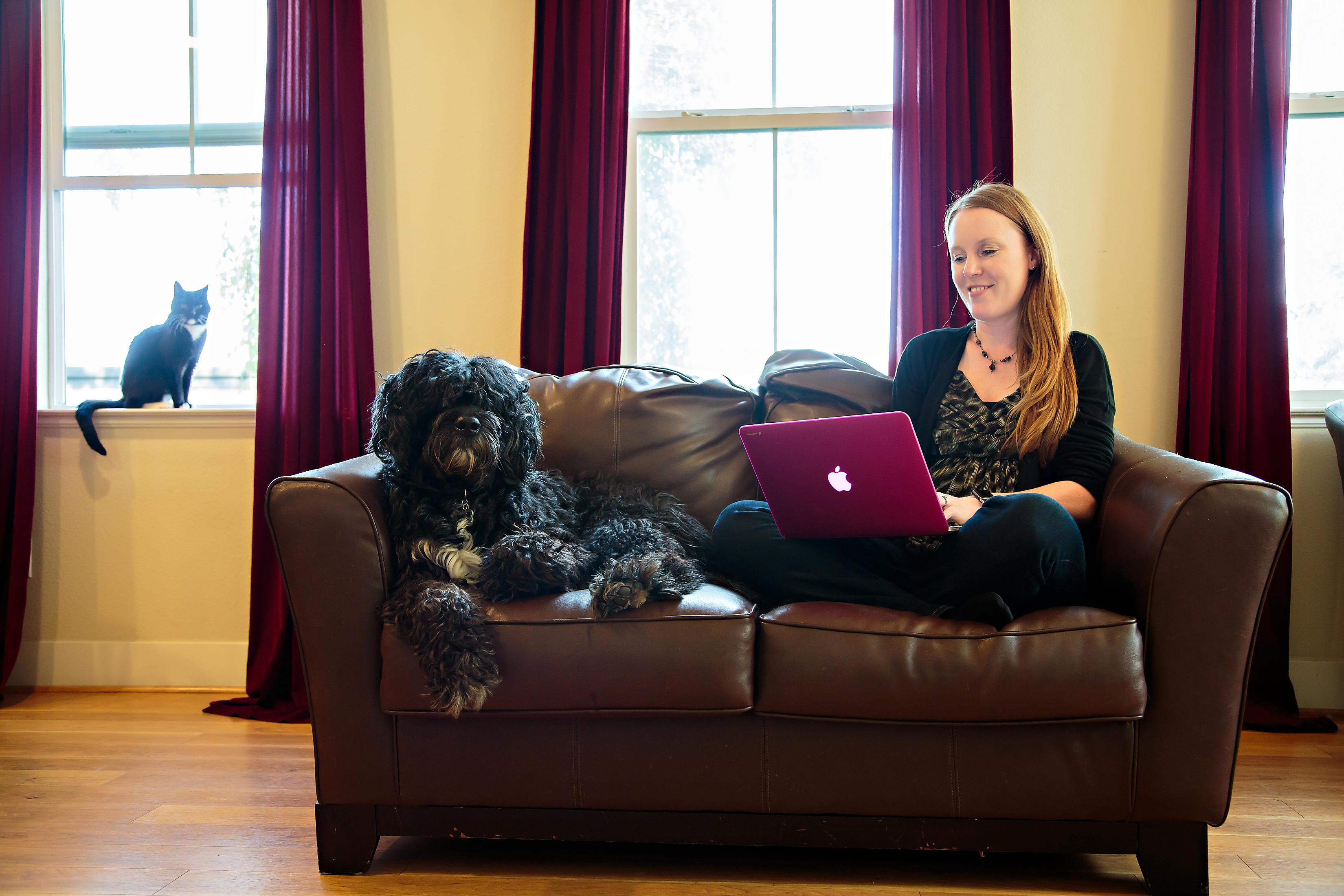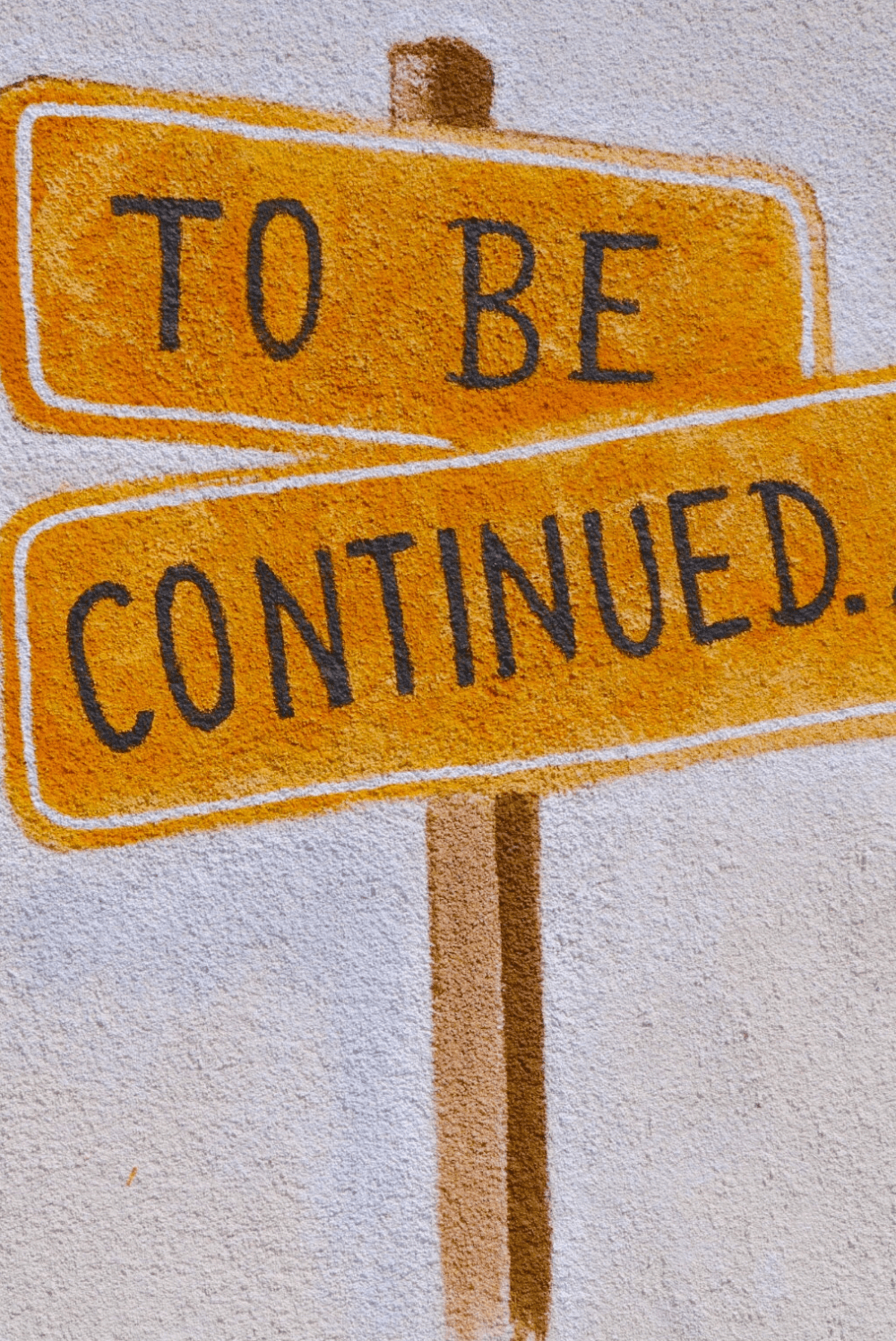The Who, What, and Where Experiment
Use this structured improv game to experiment with options for your next scene.
Style
Architect
Skill
Improvisation
Time
10 minutes
THE STUDIO:
The Who, What, and Where Experiment
One way to invite your creativity to play is to ask it to work within specific limitations. In this game, you’ll brainstorm a variety of characters, settings, and actions, and try them out in a scene to find a strong combination for your next drafting session.
Remember: there is no right way to play an improv game. So, while you’ll start with the limitations to point your creativity in the right direction, let go of rules as much as you can as you engage more deeply in the game. As in all improv games, say yes, and … to your ideas and see where your spontaneity leads you.

Materials
The Who, What, and Where Experiment
- Space to move
- Paper
- Pen
1. Start by making three quick lists. Who could be in this scene? What could the main action of the scene be? Where might the scene take place? Push past your first ideas toward the more unusual ones that come after you’ve cleared your mind of what’s most obvious or likely.
2. Stand up. It’s important that you don’t just think about this game. You need to play it!
3. Choose a combination from your list:
- at least one character to join your main character in the scene.
- an interesting action
- an unexpected setting
4. Strike a frozen pose of your main character at the beginning of this potential scene. Once you’ve frozen, emphasize the action and the emotion of your pose. You’ll know you’re starting to play when you begin to feel the emotion in your body.
5. Fast forward to the middle of the scene. Strike at least one pose to show the middle of the scene, or use a sequence of a few, if you like.
6. Create one more frozen pose of your character at the conclusion of the scene. Here’s an excellent opportunity to make sure you’re truly showing the emotion rather than just having your character think about it. What action might they take at the scene’s end?
7. Now that you have your key moments, try putting the scene in action. Move your body through the scene, listening as your mind silently narrates the scene. You might take ten seconds or so to play the scene through.
8. Now, rewind, and try out a different option. Try at least three possibilities before sitting down to write. You may have found an interesting combination of who, what, and where to include in your scene. However, even if you write the scene as originally imagined, you’ll have a more expansive sense of what’s possible as you write, and will shake loose the possibility of surprise as you capture your ideas on the page.
Try On Other Creative Styles
Improvise the Highlights
FOR SPECIAL AGENTS
Use this quick-thinking improv game to identify key moments in your scene and shortcut the experimentation process.
Step Into Your Character's Shoes
FOR INVENTORS
Take on your character’s mindset and play through a scene in a variety of ways in this improv game for writers.
Improvised Storytelling
FOR COLLABORATORS
Create a collaborative scene with a partner, using their questions to help you better understand your main character’s point of view.





